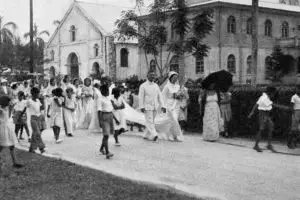
Marriage Traditions
In ancient CHamoru society, the clan leaders arranged marriages. Women did not marry men in their clan since marriage was a chance to improve clan

In ancient CHamoru society, the clan leaders arranged marriages. Women did not marry men in their clan since marriage was a chance to improve clan
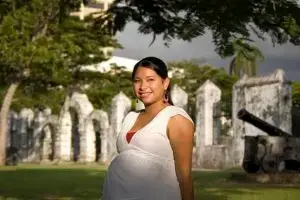
Prebirth Åntes di finañågu The pattera (nurse midwife) and suruhånu (traditional doctor) played important roles in the CHamoru/Chamorro society, especially when it came to pre-birth-to-birth
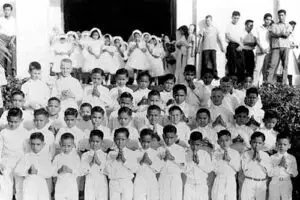
Church rites. Primera Kumuñon (First Holy Communion) and Komfetmasion (Confirmation) are church rites that have become CHamoru traditions among Catholics.
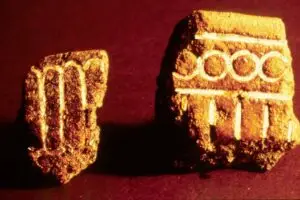
The Mariana Islands has a history of pottery-making that is more than 3,500 years long. The first people to arrive in the Mariana Islands apparently

The birth of a child is the most important family event in CHamoru society. It marks the beginning of family celebrations and obligations that define
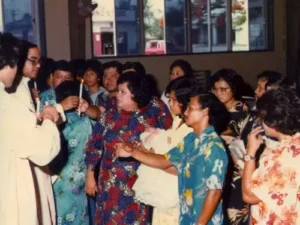
In the past, picking a name for the child was a family affair. In the early matrilineal CHamoru society, the name of a newborn child
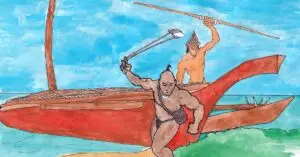
The signature weapon of the ancient Chamorro/CHamoru warrior, slingstones of various sizes were sharpened at both ends and hurled from a sling with deadly force

The coconut, called niyok in Chamorro/CHamoru and cocos nucifera scientifically, is undoubtedly one of the most important native plant foods in the Mariana Islands. Chief
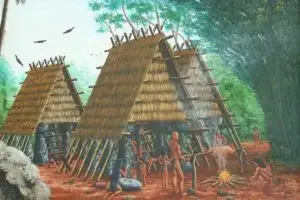
The latte is a manmade construct carved from limestone or basalt that was used as a foundation for a shelter against the elements or as
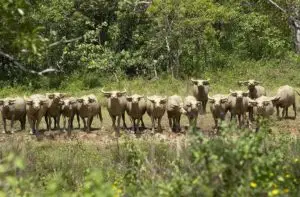
Karabao or carabao are water buffalo introduced to Guam from the Philippines during the Spanish occupation (1668 – 1898) for farming. In and since colonial